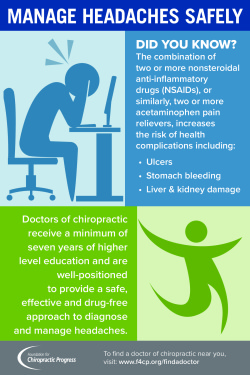Necessary Daily Behaviors That Can Create Pain In The Back And How To Steer Clear Of Them
Necessary Daily Behaviors That Can Create Pain In The Back And How To Steer Clear Of Them
Blog Article
Created By-Snyder Dempsey
Maintaining appropriate position and preventing common pitfalls in daily activities can substantially influence your back health. From exactly how you sit at your desk to exactly how you raise heavy objects, little adjustments can make a huge distinction. Imagine a day without the nagging pain in the back that hinders your every step; the option may be simpler than you believe. By making a few tweaks to your everyday routines, you could be on your way to a pain-free existence.
Poor Posture and Sedentary Way Of Living
Poor position and an inactive lifestyle are two significant factors to pain in the back. When you slouch or suspicion over while sitting or standing, you put unneeded strain on your back muscles and back. This can lead to muscle discrepancies, stress, and eventually, persistent neck and back pain. Additionally, sitting for long periods without breaks or exercise can weaken your back muscles and cause rigidity and discomfort.
To battle inadequate pose, make a mindful initiative to sit and stand directly with your shoulders back and lined up with your ears. Keep in mind to keep your feet flat on the ground and stay clear of crossing your legs for extensive periods.
Incorporating normal stretching and enhancing exercises right into your daily routine can additionally assist improve your posture and relieve neck and back pain associated with a less active lifestyle.
Incorrect Training Techniques
Inappropriate lifting strategies can dramatically contribute to pain in the back and injuries. When you raise heavy objects, keep in mind to flex your knees and utilize your legs to lift, rather than counting on your back muscles. Avoid turning your body while training and keep the item near your body to lower strain on your back. It's crucial to preserve a straight back and stay clear of rounding your shoulders while raising to stop unnecessary pressure on your back.
Always assess the weight of the object before raising it. If it's too hefty, ask for assistance or use equipment like a dolly or cart to transfer it securely.
Remember to take breaks throughout lifting tasks to give your back muscle mass a chance to relax and stop overexertion. By implementing correct training methods, you can protect against neck and back pain and minimize the threat of injuries, guaranteeing your back remains healthy and solid for the long-term.
Lack of Routine Workout and Extending
An inactive lifestyle without normal exercise and stretching can substantially add to back pain and discomfort. When you don't take part in physical activity, your muscle mass become weak and inflexible, leading to inadequate posture and boosted strain on your back. Regular workout aids enhance the muscular tissues that support your spine, improving stability and reducing the risk of pain in the back. Incorporating stretching websites into your regimen can additionally improve flexibility, stopping tightness and discomfort in your back muscular tissues.
To prevent pain in the back caused by a lack of workout and extending, aim for at the very least thirty minutes of moderate exercise most days of the week. Include exercises that target your core muscular tissues, as a solid core can aid alleviate stress on your back.
In addition, take breaks to stretch and relocate throughout the day, specifically if you have a desk task. Straightforward stretches like touching your toes or doing shoulder rolls can aid ease tension and prevent back pain. Prioritizing backpain and stretching can go a long way in keeping a healthy back and minimizing discomfort.
Verdict
So, bear in mind to stay up straight, lift with your legs, and remain active to prevent back pain. By making simple adjustments to your everyday routines, you can stay clear of the discomfort and limitations that come with back pain. Deal with your spinal column and muscular tissues by practicing good position, appropriate lifting techniques, and routine exercise. Your back will certainly thank you for it!
